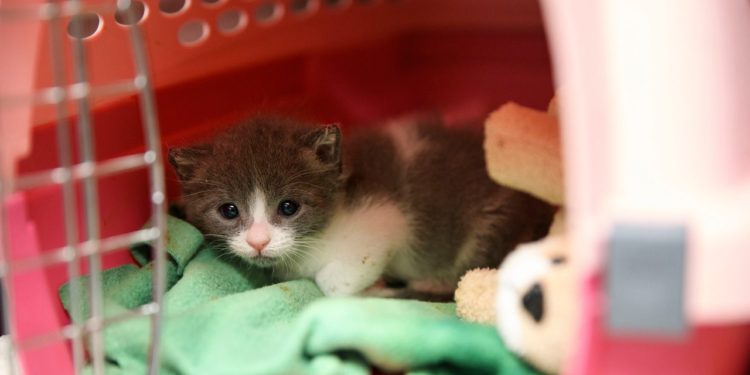By WIRED
Scientists, conservationists, and cat advocates all agree that unchecked outdoor cat populations are a problem, but they remain deeply divided on solutions. While some conservationists propose the targeted killing of cats, known as culling, cat populations have been observed to bounce back quickly, and a single female cat and her offspring can produce at least 100 descendants, if not thousands, in just seven years.
Although sterilization protocols such as “trap, neuter, and release” are favored by many cat rescue organizations, Lepczyk said it’s almost impossible to do it effectively, in part because of how freely the animals roam and how quickly they procreate. Without homes or sanctuaries after sterilization, returning cats outside means they may have a low quality of life, spread disease, and continue to harm wildlife. “No matter what technique you use, if you don’t stop the flow of new cats into the landscape, it’s not gonna matter,” said Lepczyk.
Rescue shelters, already under strain from resource and veterinary shortages, are scrambling to confront their new reality. While some release materials to help the community identify when outdoor kittens need intervention, others focus on recruiting for foster volunteer programs, which become essential caring for kittens who need around-the-clock care.
“As the population continues to explode, how do we address all these little lives that need our help?” Dunn said. “We’re giving this everything we have.”







Discussion about this post